
Top Sellers
Top 50 Best Newest Supplements Top Protein Top Pre-Workout Top Post-Workout Top Fat Loss Top Intra-Workout Top Health & Wellness Powerlifting Books
Workout Accessories
Videos
Workout Music
Powerlifting Books
Workout Accessories
Videos
Workout Music
Ads
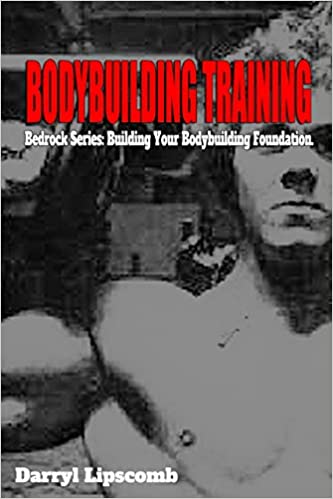
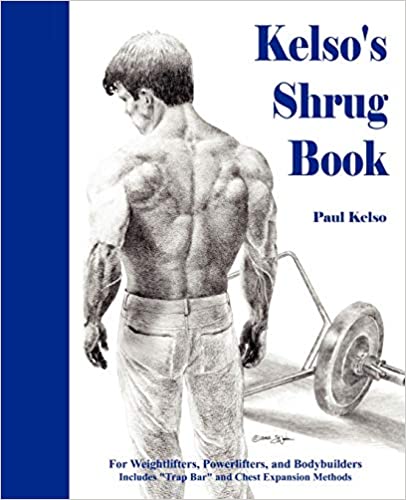
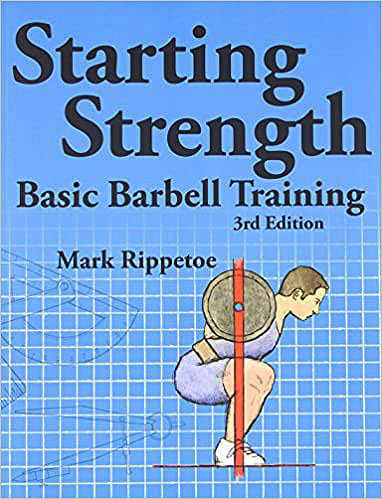

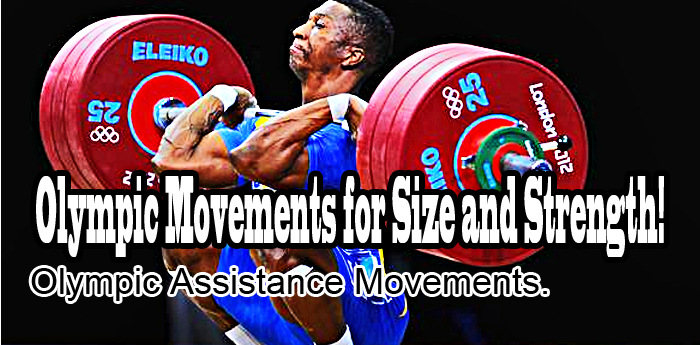
 By: MuscleSports.net
By: MuscleSports.net
There is a large segment of our lifting and training population which neglects a very important facet of athletic training which, for want of a better name, we will entitle Olympic Assistance Movements.
DL
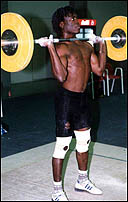
There is a large segment of our lifting and training population which neglects a very important facet of athletic training which, for want of a better name, we will entitle Olympic Assistance Movements. Why these muscle building and power building movements have become ignored by so many otherwise interested trainees, is beyond us, unless the reason lies somewhere within the confines of basic ignorance and a repulsion of hard work. To be sure, the basic movements used by Olympic lifters in their quest for Olympic lift proficiency will cause an almost immediate increase within the musculature and the power potential of just about any interested trainee. All that is necessary is a basic understanding of the principles at work and a desire to make use of these facts in order to improve.
What makes these training movements so valuable in increasing muscular bulk and power is the amount of intensity, both mental and physical, which is involved in proper execution of these lifts. In order to perform movements to aid a lifter in Olympic lifting, the movements themselves must be of a DYNAMIC nature. This means that not only must the weights be heavy enough to require adequate exertion for correct style of performance, but the movements must be performed dynamically and explosively or the lifting value of such movements is completely lost. This means that the muscles are developed not solely through the muscular overload of the training itself, but also through the intensity of the physical exertions required to move the weights fast, dynamically and explosively with speed and technique being of paramount Importance. This is basically why so many trainees will not incorporate these movements in their routines: they fear the intensity and hard work required.
There is a world of difference between training on basic slow movements in which the trainee grinds through each repetition of each set, with very little speed or technique involved and in the type of speed of movement necessary when utilizing these movements in our training regime. There is just no way you can 'grind' up a power clean or high pull or a power snatch. These movements must be performed with the utmost speed and dexterity or the entire effect is lost. It is for this reason that they are so effective as a training medium when combined with basic power movements: they compliment one another and they enable the trainee to develop speed, coordination and a sense of time and balance possible through no other way. Also, somewhere along the line, they develop quite a bit of muscle and quite a bit of strength.

For years we have put up with 'old wives tales' concerning the incorporating of these movements within a basic power format. We have heard from one 'authority' after another that the movements will not develop any real strength, that they are all technique and this has caused many a trainee to overlook these otherwise very effective training mediums. Yet, if one uses sheer objectivity in assessing the value or worthiness of these pre-discussed movements and the technical aspects of the involved lifts, we will not be able to overlook the apparent fact that such training MUST help us in acquiring greater muscle, greater muscle density and size, and quicker reflexes and athletic ability. Take a good, long, hard look at the physiques of the champion Olympic lifters of the Soviet Union and Bulgaria and then realize that this muscle size and shape, density and animalistic appearance comes as a mere SIDE EFFECT of the training itself. These lifters are not concerned with APPEARANCE nor do they spend hours pumping up in front of a mirror or go through semi-starvation diets to attain muscularity. Am I getting through to you? There is no more impressive athlete in the world than a champion Olympic lifter. No other facet of the sport of weight training offers such development; not powerlifting and certainly not bodybuilding. To the EXPERIENCED EYE, for physical athletic virile attractiveness, the Olympic lifter stands out above the rest.
For those of you interested in incorporating these assistance movements in your own routines, you must remember that with these movements, style plays an important part in the ultimate outcome of the training motive. To try and force up the weights when using these movements will NOT give you the effect you are looking for. In order for these movements to develop you correctly, you must pay paramount attention to exercise style.
When an Olympic lifter performs a back squat, he is not solely interested In how much weight he can "shift" up. He is more in interested in working primarily his frontal thigh muscles without utilizing the muscles of his hips. What he tries to do is to perform the lift in such a way as to localize his exercise stress so that the developmental value of the movement is intensified within the muscles of the thigh. By placing the bar high on the traps and using the KNEES as the AXIS of the movement, by way of rotating the body around the KNEE and NOT rotating the body around the HIP, he is able to utilize the isolation principle of training, to a certain degree, and the end result is a compact, thick hip area and a pair of very well developed thighs! He also is not apt to become poundage happy in his leg training since his leg work is a means to an end (increased lifting performance) and NOT an end in itself. This will allow him to train quite comfortably, within his present physical capabilities without the constant urge to see how much he can lift for one repetition. This also will alleviate most training injuries, since the brunt of the work done will be done with weights not too difficult to handle.
What all this means for the average trainee is that by utilizing these movements we free ourselves from overtraining and over straining which usually happens with powerlifting training as a rule of thumb, followed for any length of time and with any regularity. By using the assistance movements to supplement our training, we are given an emotional 'break' so to speak, with the end result being a rekindling of training desire, after a sweet respite incorporating these exercise movements. We must also mention that these movements WILL strengthen us for practicing the power lifts, since they basically take the different power lifts and make you perform a close cousin of a sort, with speed, technique and explosion. Then when we revert back to the usual lax method of performance, the lifts must improve since they have been strengthened through the full range of motion with a style which usually borders on the RIDICULOUSLY STRICT SIDE!

There is no way you will be able to learn good technique in these movements without haying an experienced Olympic lift trainee coaching you for quite some time, watching your performance and keeping track of your style improvement and your allover progress. Far from being helpful, such coaching is necessary if you are to ever consider competition in the Olympic lifts. However, since most of you are not that interested in having yourselves coached to any great extent, and since the alms of most of you are NOT to become proficient at competition, it will be necessary to go to such extremes in your training in order to obtain much In the way of benefits such training will bring out in you.
We should, at this time, list most of these assistance movements for you, along with the actual POWER LIFT they will help strengthen. For the squat we have the high bar Olympic squat and the front squat. These two leg movements when utilized in the way I will outline for you later, or in the next article in this series, will literally revamp your entire lower body musculature while at the same time increase your allover squatting proficiency when the later power style of squatting is once again adapted.
For the deadlift, we have the various high pulls, with close and wide grip, from the floor and from the knee, shrug pulls with both style grips also, and finally we have the stiff-legged deadlift from the floor, the knee and while standing on a block so that the bar is at the level of your toes. We should also mention the prone hyperextension and the lunge; two movements which can also be incorporated to fully work the thighs and hips. They are usually avoided due to the severity of their nature. And we cannot forget to mention the various cleans, from the floor, the knee and the hang position. So it should be obvious that in Olympic lifting, it is the PULL and the SQUAT which are of prime importance. Since the dropping of the press from competition, this has become all the more apparent, since the jerk part of the competition, for the most part, depends not on triceps strength or shoulder pressing strength; but hip and thigh strength, since it is these two muscle groups which propel the weight overhead to arm's length and NOT the arms.
For increasing the bench press, there are quite a few movements which can be utilized for good training effects. The seated incline at 45 degrees, the steep seated press at around an 80 degree angle, the standing press from a rack and the press behind neck either seated or standing are a few. All these movements work the muscles of the entire shoulder
By utilizing the upper body pressing movements you will be developing such an immense amount of size and strength in the shoulder girdle that it will literally shock you Of particular importance as an assistance movement is partial pressing within the power rack. You can do these with the bar both in front and behind the head. These will develop all-around muscular size and power and when these movements are combined with the steep seated incline presses and the standing front presses from the rack and the seated press at 80 or 85 degrees; the end result is a pair of shoulders dense, large and quite capable of hoisting quite heavy weights.
By isolation of the lower back while doing stiff-legged deadlifts, the legs are not brought into play and the back can be worked quite adequately without the legs combining into the movement and thereby taking away somewhat from the developmental value towards the lower back with the thighs taking much of the muscle effectiveness. Also, by standing on blocks so that the bar is at the level of the toes, thereby making it much harder to begin the pull, and also performing this movement with somewhat stiff legs, the muscular effect is twofold, both in its severity and in its effectiveness.
When we begin to do the deadlift with the legs bent in the usual performance style, the pre-worked area of the lower back will make itself felt and the increase in the amount of weight capable of being handled will surely show as proof of the effectiveness of the pre-mentioned work. With the trapezius muscles further strengthened through the heavy shrugs, and heavy high pulls, you will be aided in finishing the top part of the deadlift in the competition style and in the competitive situation.
Many times we will see a man make the deadlift through the hardest positions (or so it would seem) only to lose the lift at a point when the only thing necessary would be a standing erect with a pulling back of the shoulders, and for the life of him, the fellow cannot lock his shoulders back! This is due to primarily weak trapezius muscles and a lack of power throughout the entire shoulder girdle. This situation can be remedied through the correct application of the described exercise movements already mentioned.
With the shoulder girdle further strengthened, the lifter will NEVER AGAIN fail to get the shoulders back in the finished position of the competitive deadlift and with the utilization of the various lower back pulling exercises, you can see how the entire pulling structure of the back will be retrained, so to speak, to use in a more proficient manner, with the end result being a high lifting total and a great increase in shapely muscle mass. This, then, is the true value of such training movements for the general all-around trainee.
What I have tried to do in this article is to describe the various movements you trainees can adapt into your training routine, which will increase your shapely muscular bulk and at the same time greatly increase your power and your strength. There is a certain look such movements will give to your shoulder girdle that you cannot get through any other means. It is a look of athletic strength. It is the look of animalistic power. It CAN be yours if you work for it.
Take a good long look at Olympic lifters physiques. And think about the entire visual effect of their development while moving through the various lifts. No wraps. For the most part, without belts. Alone on a platform. Alone with the barbell. Without ten screaming spotters cluttered around them. Alone facing their physical destiny . . . Think about it and then, think again.
Tags: strength life conditioning core

Thank You...

Send Us Your Comments:
Olympic Movements for Size and Strength - Comments
Sponsored Products:

MuscleTech
CellTech
For Bodybuilders and Strength Athletes!

Prolab
Amino Gel Caps
Full Spectrum Amino!

PharmaFreak
Anabolic Freak
Estrogen & Cortisol Inhibitor!
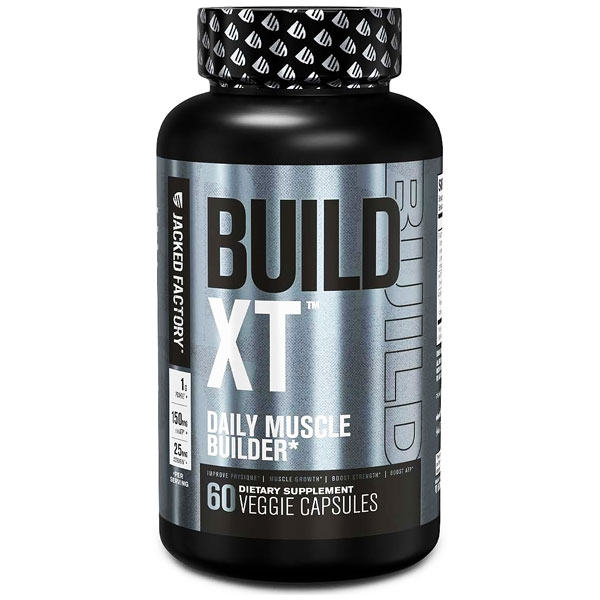
Jacked Factory
Build-XT
Your Daily Muscle Builder!
Comments:
BEAST RAGE
Lifting Straps
Straps for Weightlifting, Padded, Men & Women Hard Pull Exercise Straps
Price: $8.99 Get Yours
Get Yours
Gymreapers
Quick Locking Weightlifting Belt
For Bodybuilding, Powerlifting, Cross Training!
Price: $34.97 Get Yours
Get Yours